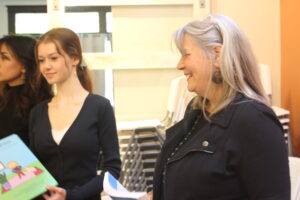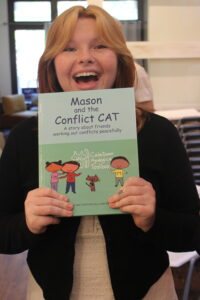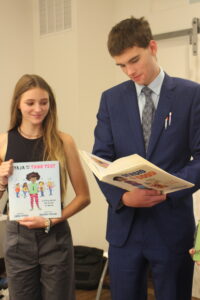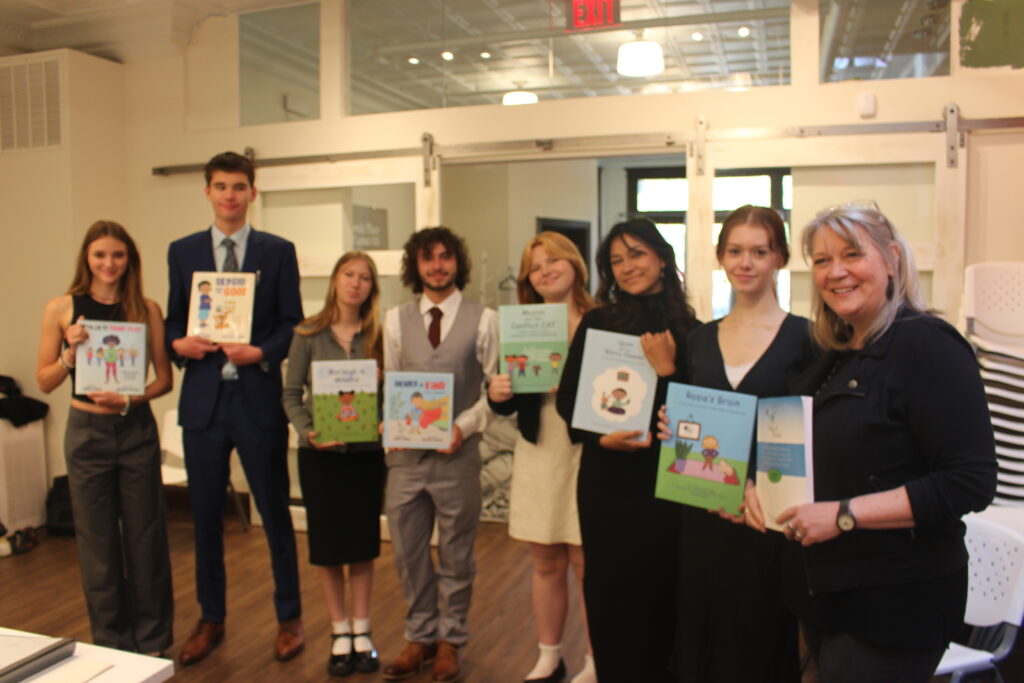Interview with Linda Ryden

Fight, Flight, or Freeze: Understanding the Brain to Manage Difficult Emotions
Today we interviewed Linda Ryden, founder of the non-profit “Peace of Mind,” which helps schools implement mindfulness into curricula. She had a lot to say to us about the practice of learning and understanding mindfulness early in life. She also spoke about metacognition—thinking about thinking—and the importance of understanding how we can train our brains to work better to understand and manage emotions. I’m very interested in understanding the brain, but I have never viewed it from the perspective of using knowledge about the brain to understand why I have certain emotional reactions to things.


Linda explained that her curriculum teaches kids about brain processes, in particular how the brain processes emotions and feelings. Much of her focus is on the amygdala, which is responsible for the “fight, flight, or freeze” response to perceived danger or threat, and teaching kids to understand how to manage their reactions and allow the more rational part of the brain to function better. Although the amygdala performs an important job, as it protects us in threatening situations, kids can learn to work through conflict and stress to process difficult emotions in a healthy way. – Lucy Harris

It’s More Than Painting Rainbows and Butterflies
This morning we interviewed Linda Ryden, a teacher who created the organization Peace of Mind. Her curriculum teaches children from a young age about mindfulness, taking them through exercises that give them a way to understand their mind and why they feel the things they feel. I thought it was amazing that she doesn’t push the narrative that kids need to be friends with everyone in class. She understands that you do not need to be buddies with everyone you meet and that you aren’t obligated to agree with everything someone says. What she does expect, however, is for her students to be capable of being kind and advocating for others even if they do not like them. It was very nice to hear this message, because often we think of teaching peace as involving painting rainbows and butterflies on the walls and telling everybody that they should be happy. Instead, Linda shows her students exactly how and why our brains respond to stress, discomfort, or danger. She explained how the amygdala responds when you’re scared or on edge, and she discussed how she teaches students to calm themselves in these situations. This approach gives kids a better chance to develop into kind and sensible leaders who lead with compassion. I believe that this method is the most effective way to teach peace. – Lagi Hunnicutt

It Starts With the Way You Talk to Yourself
Understanding how your own brain works is the first step to understanding others around you. Linda Ryder spoke to us today about the amygdala, the part of the brain that controls the fight, flight, or freeze response to danger. This part of the brain is triggered when it senses danger. Sometimes, however, this response is triggered when one is not in danger, for example, when one is simply stressed while taking a test. She teaches students up to the eighth grade how to sense when they are triggered and to understand how and why they feel as they do, so that they can gain control of their emotions. When students are able to control their emotions, they are then able to reduce the possibility of conflict. Students can then look more critically at a situation without being overcome by fear or anger. She explained that minimizing conflict “has to start with you and the way you talk to yourself,” so that you can then move on to face larger problems. As a result, students are able to communicate better with themselves and others, and thus work to create a better environment for everyone.

Linda’s goal is to help people understand one another. She often asks her students to think of a person in class whom they don’t know very well and then to think of things they have in common, for example, how they get home from school. After the exercise, students often say that they had never thought about how fundamentally similar they are to those people they had previously thought were very different from them. This exercise helps students to remember that everyone is human and that kindness is essential if we are to have the conversations necessary to change the world for the better. – Amelie Zands

Peace of Mind and the Science of Mindfulness

Linda Ryden is much more than just the person who started the Peace of Mind curriculum. In her interview, she told the story of a special education staff member who would sit on her couch in the back of the room while her students did their mindfulness exercises. He confronted her to tell her that he thought she had “the luckiest job in the world” because she “gets to sit around all day and meditate.” However, once he learned that there is scientific research behind her curriculum, he became a believer and got on board. I find it interesting that many people underestimate mindfulness as a way to manage some emotional problems. Linda gave the example of one school that had behavioral issues with students. The school spent a lot of money on security guards and “behavior techs” who would break up fights and discipline kids, but the behavioral issues continued.
Linda explained that the amygdala is the part of the brain that is responsible for the fight, flight, or freeze response to real or perceived danger. I really enjoyed how she used the example of a math test to explain brain science. Often when students see a question they can’t answer they will become stressed. Some students will want to “flee” by quitting the test or asking to go to the bathroom. Other students will want to “fight” their test by crumpling it up and throwing it on the floor. Still others will “freeze” and be unable to complete the test. I think the last possibility is the most likely for many students. – Nash Wilson

You must be logged in to post a comment.